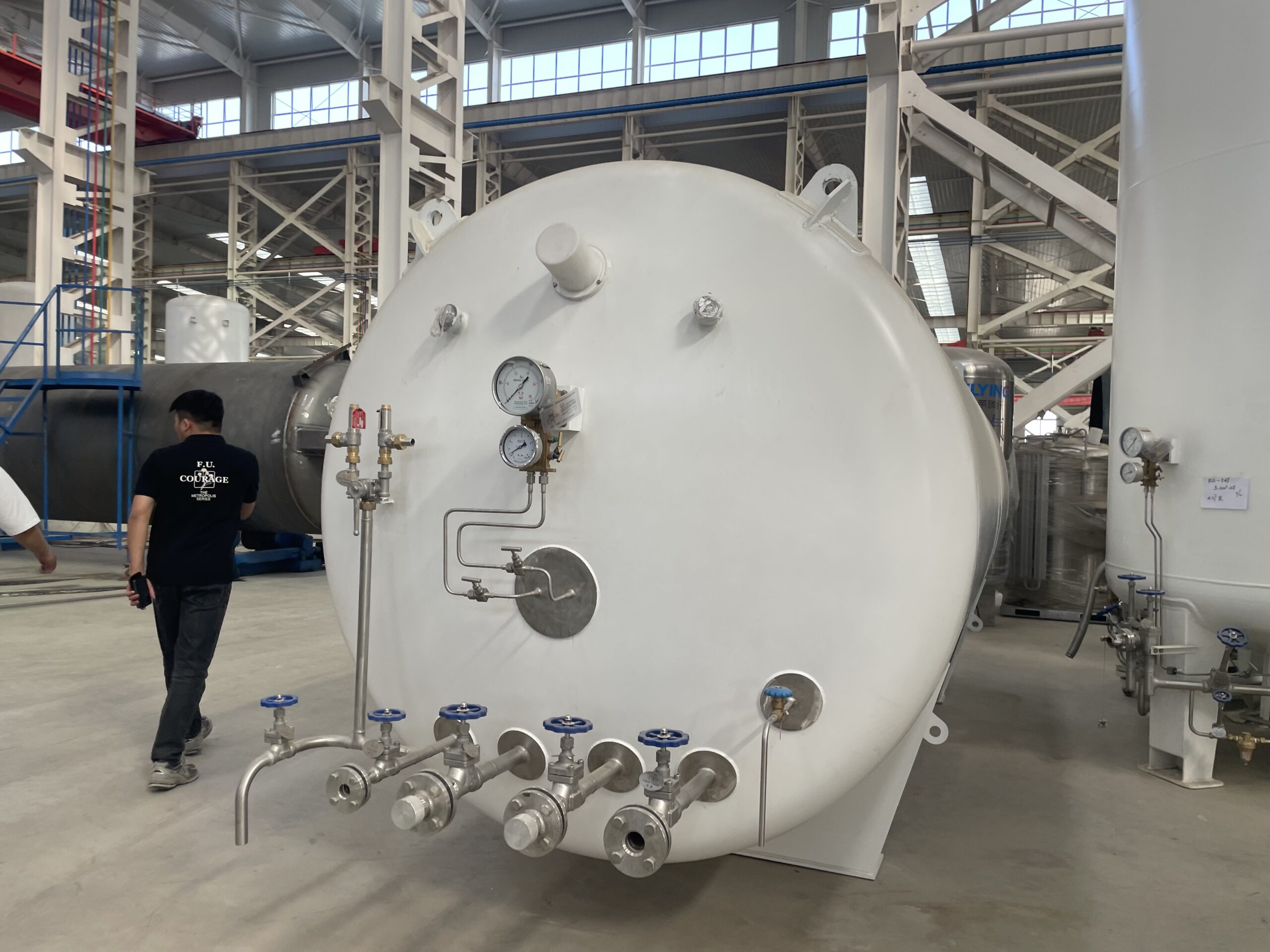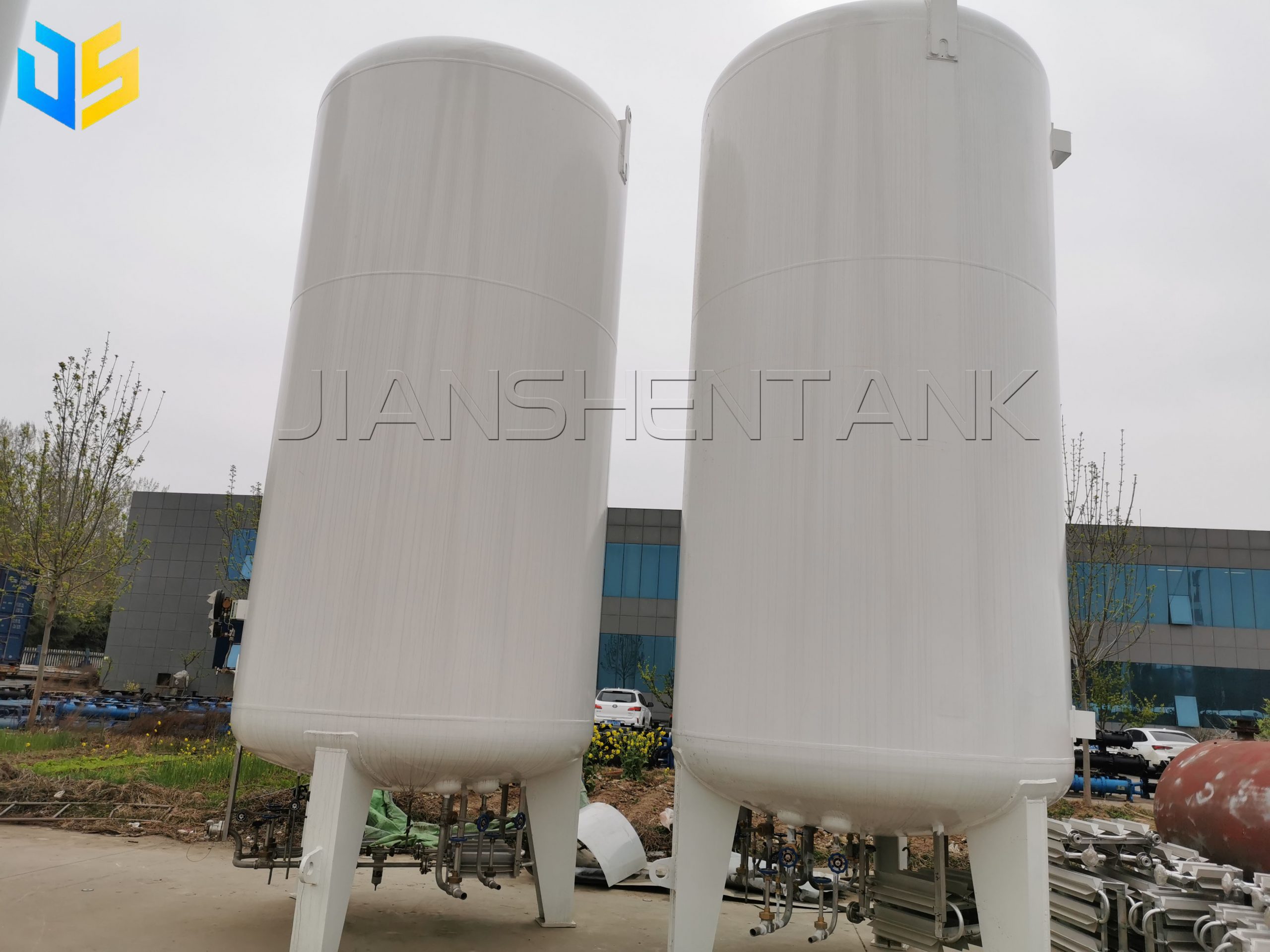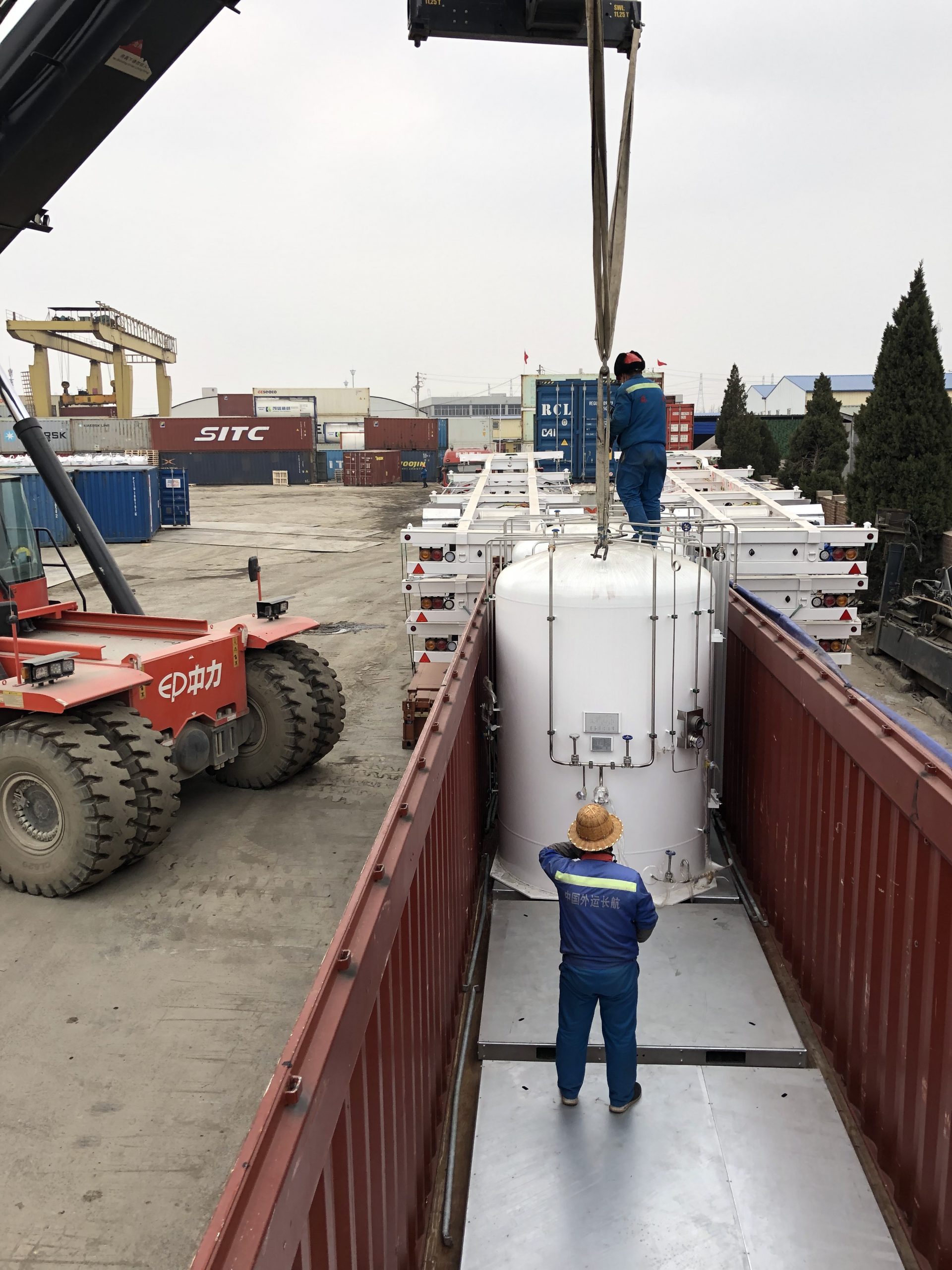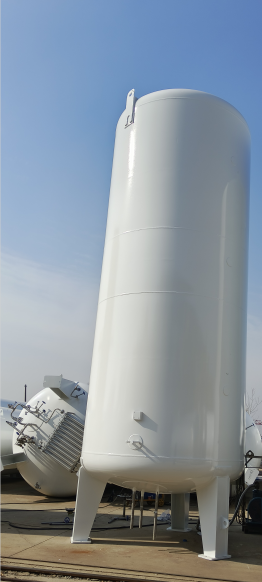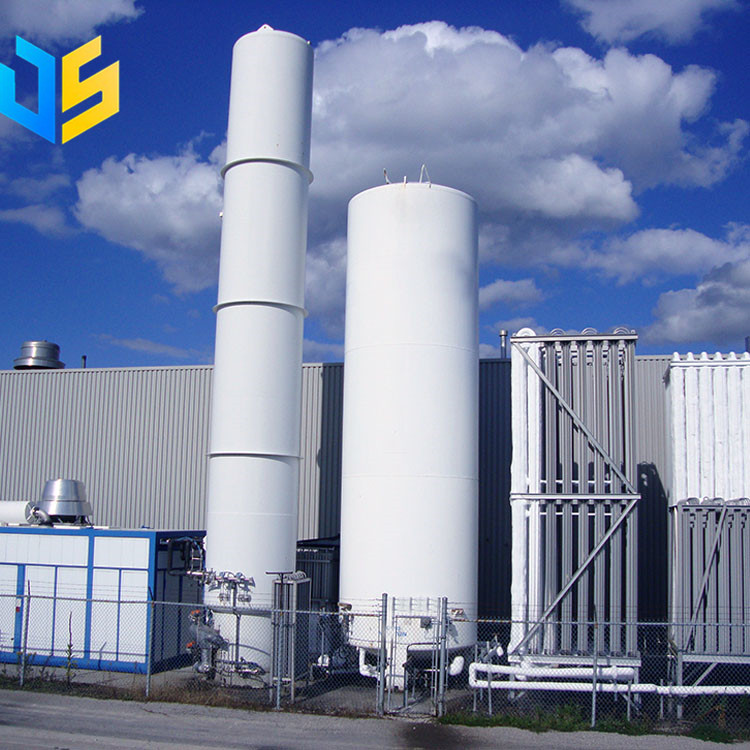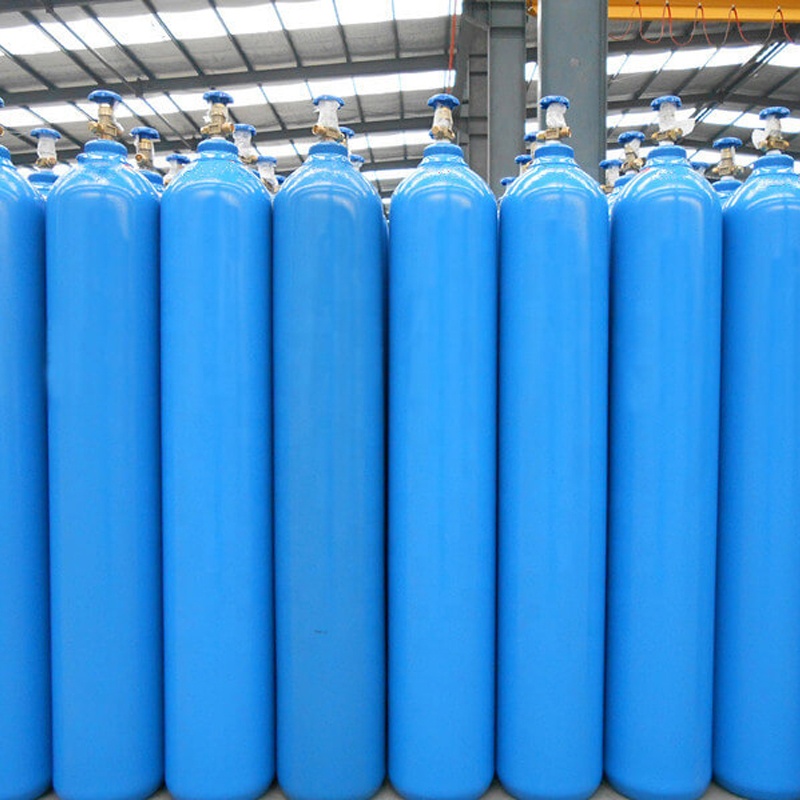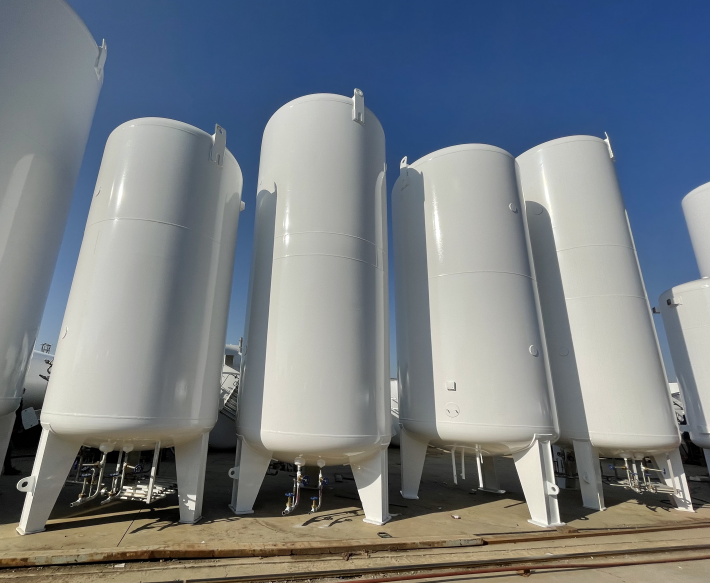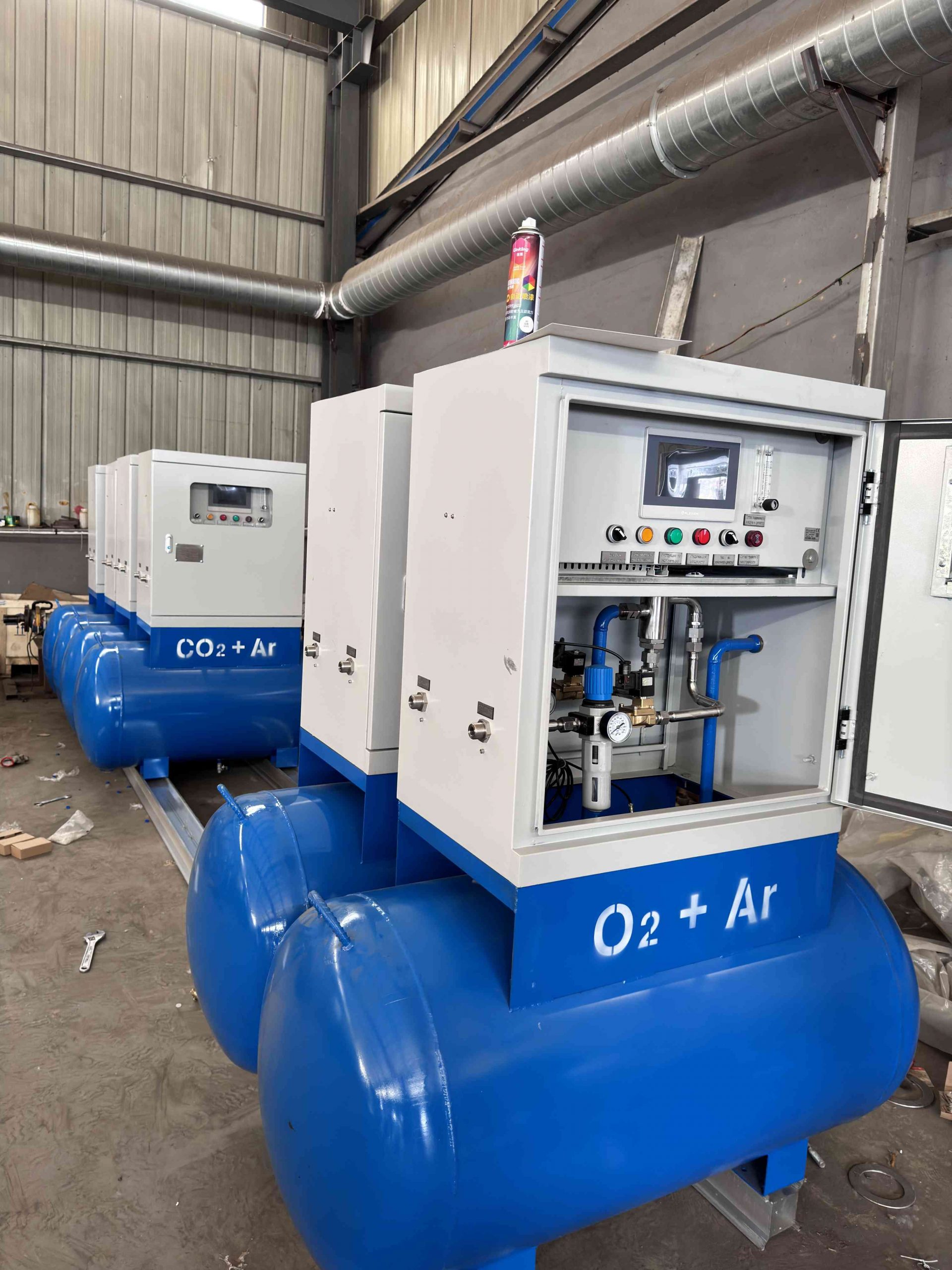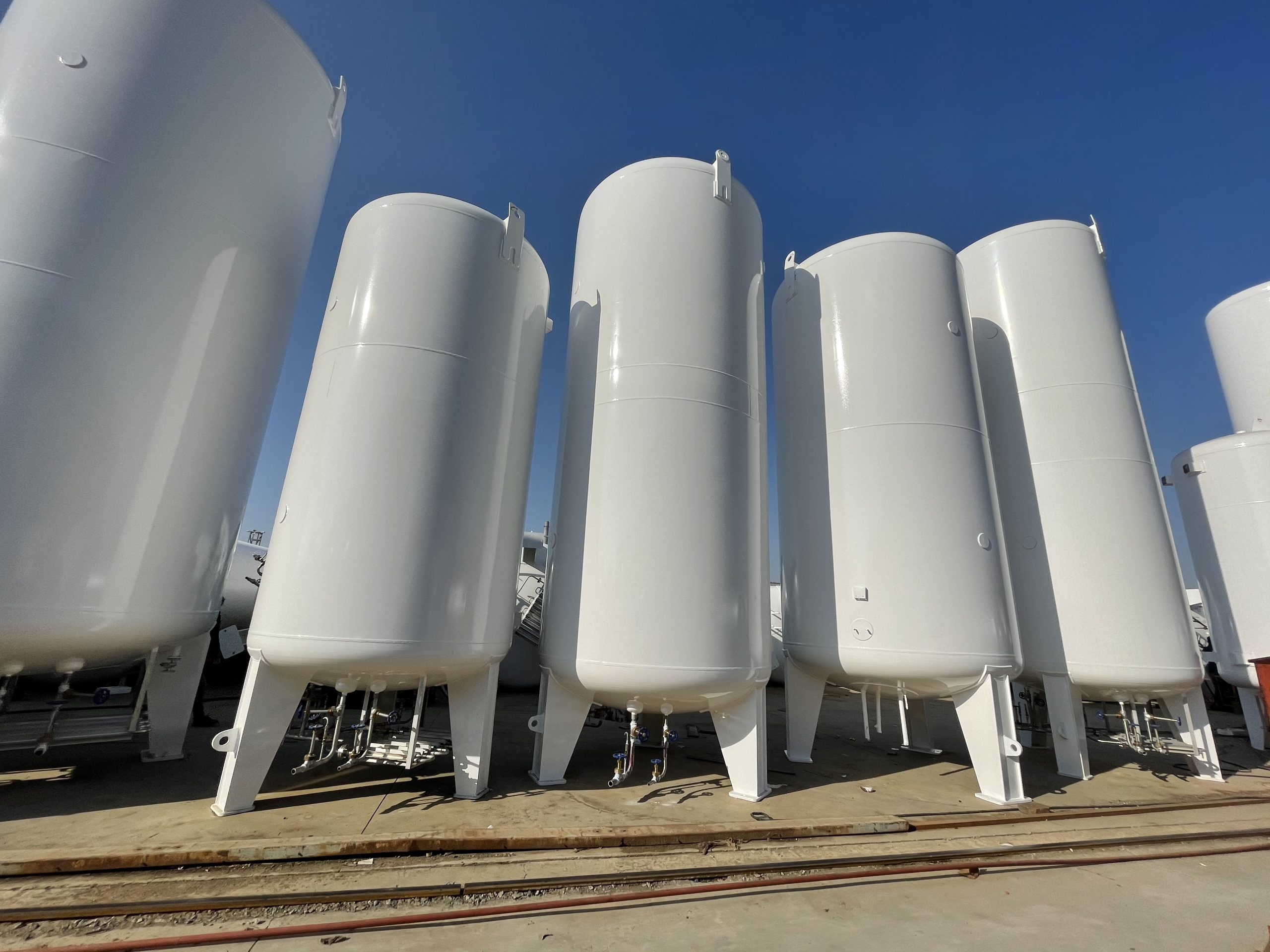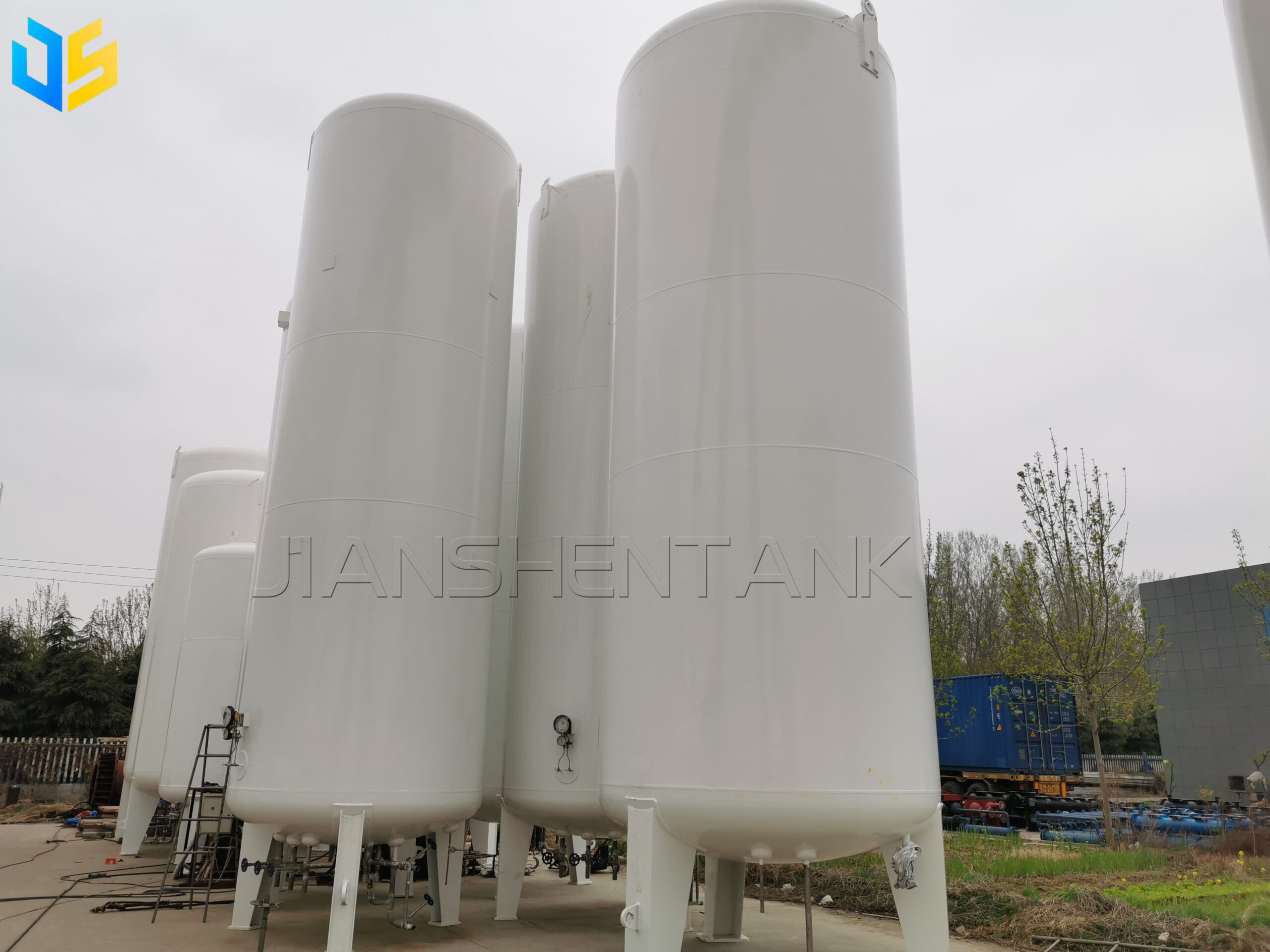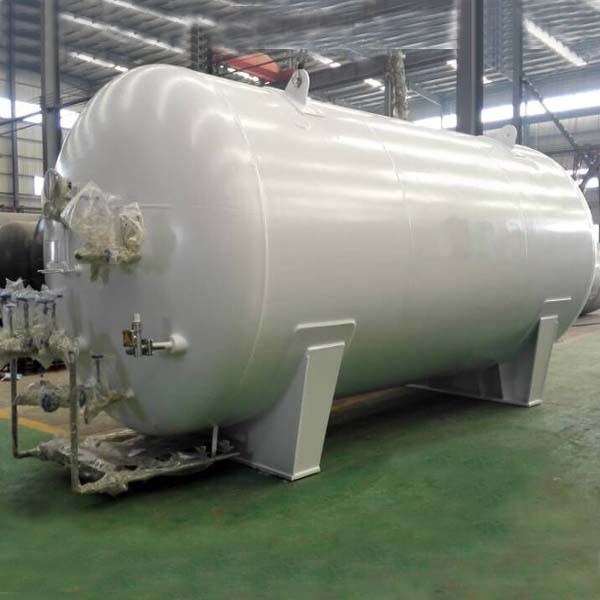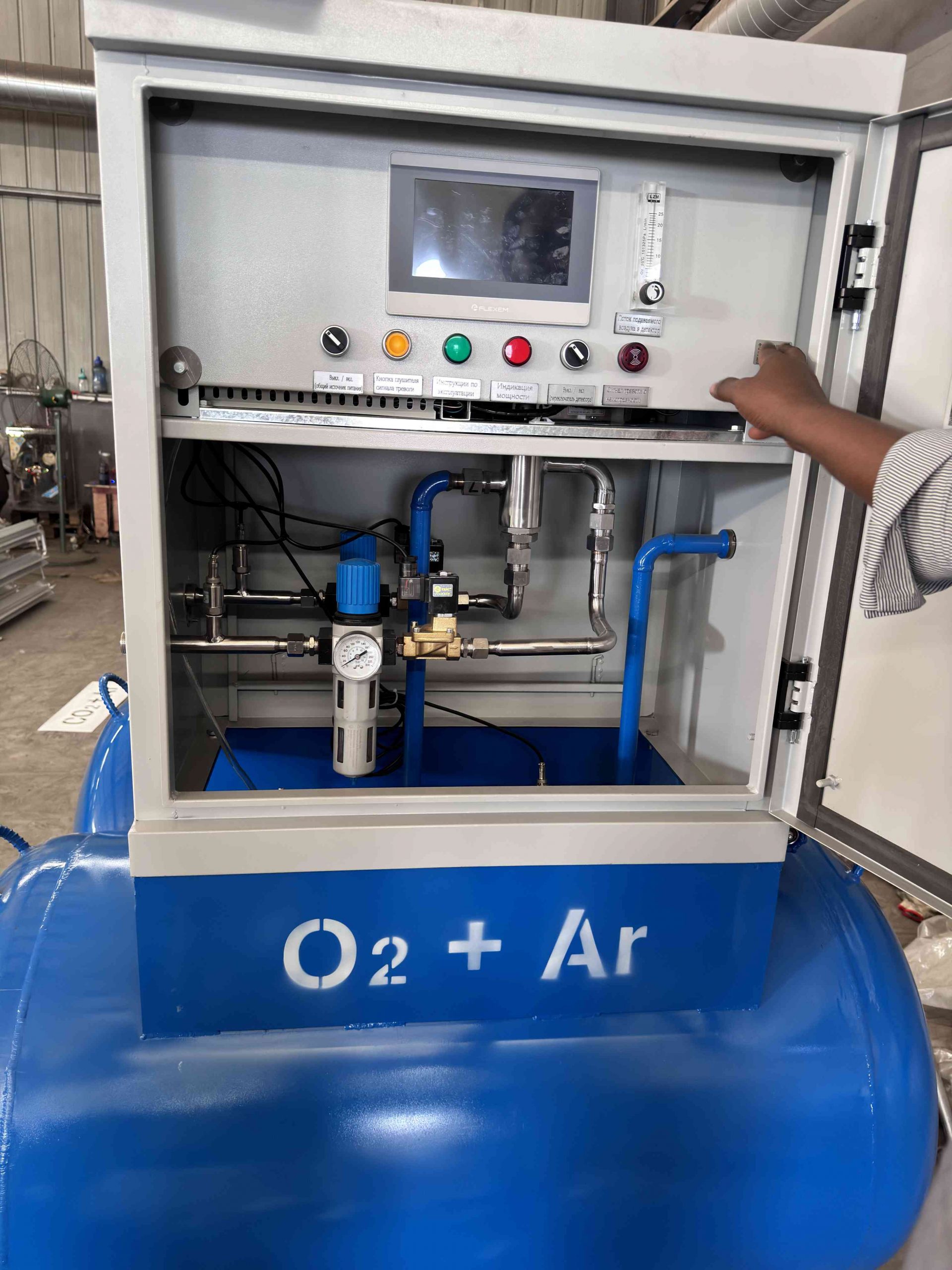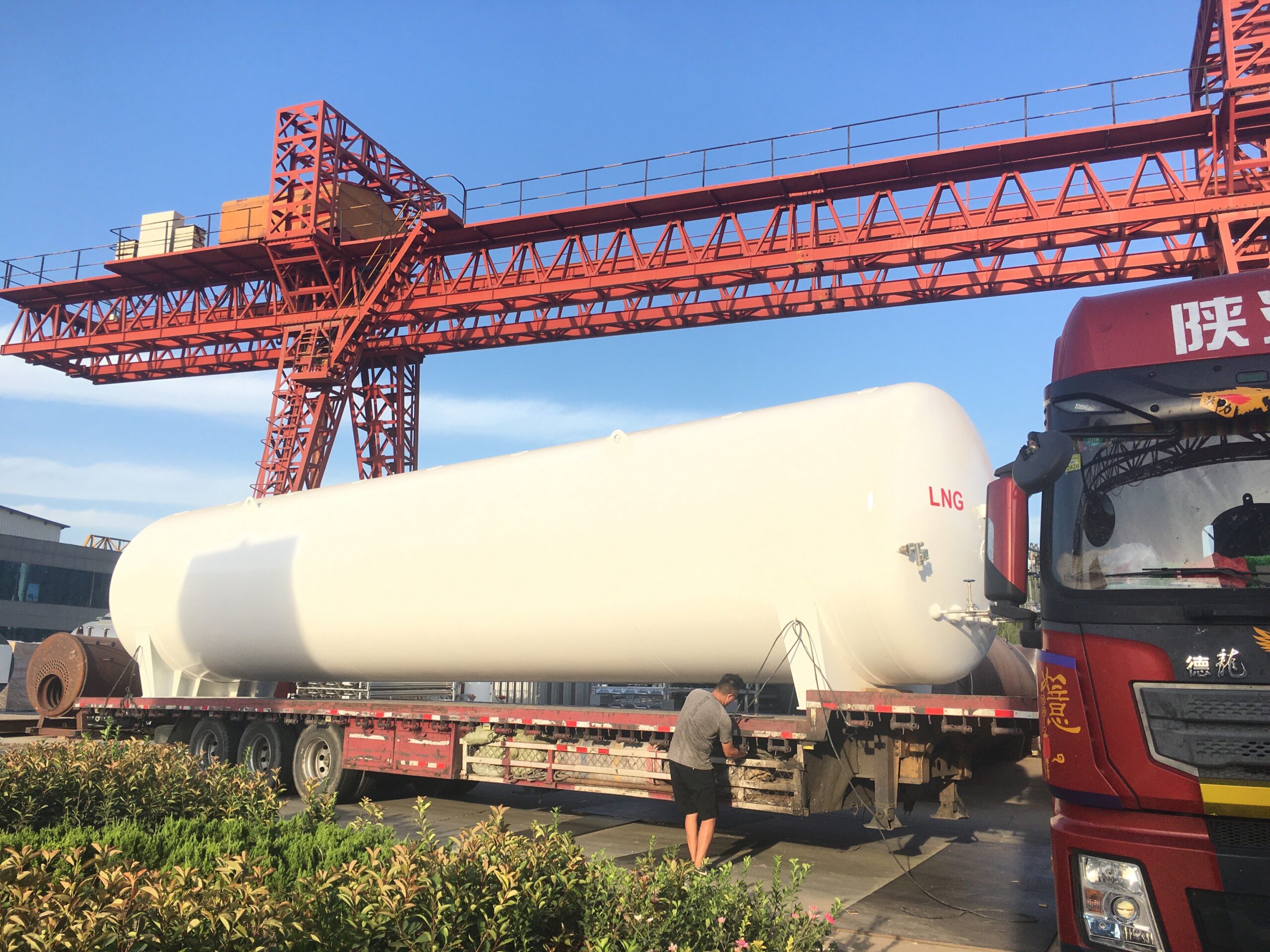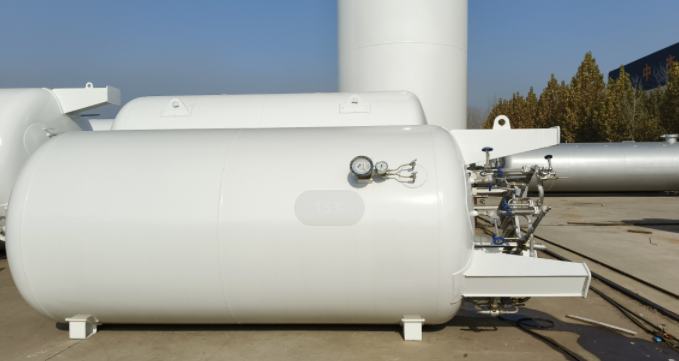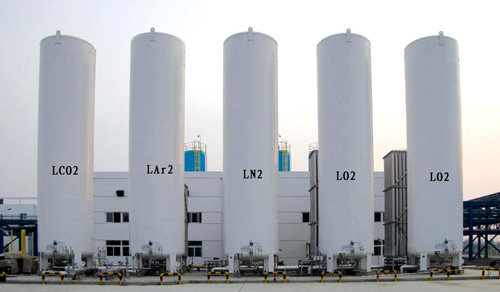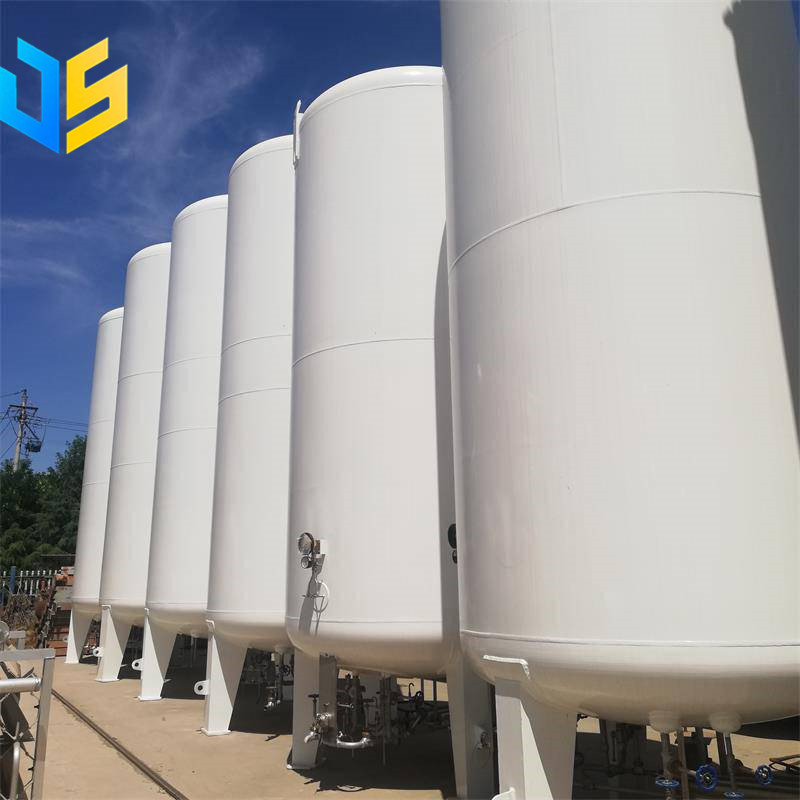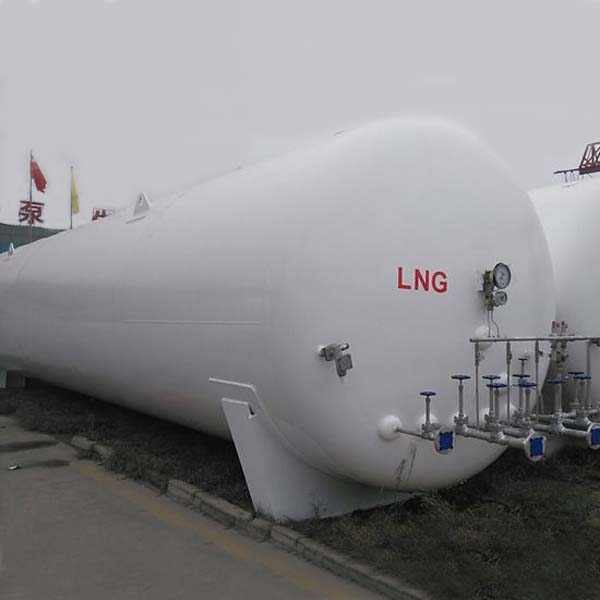The Intricacies of Low-Temperature Welding Techniques
Welding in low-temperature environments poses unique challenges that demand specialized techniques and expertise.
Introduction: Welding in low-temperature environments poses unique challenges that demand specialized techniques and expertise. This article delves into the intricacies of low-temperature welding, offering technical insights into the methods and considerations required for achieving durable and reliable joints in extreme cold conditions.
1. Friction Stir Welding (FSW) for Cryogenic Applications: Friction Stir Welding (FSW) has emerged as a leading technique for low-temperature applications. This innovative method, characterized by its solid-state nature, reduces the risk of thermal distortion and maintains material properties even in cryogenic environments. For a deeper understanding of FSW and its applications, explore www.jianshentank.com and stay ahead in low-temperature welding technology.
2. Impact of Filler Metals on Low-Temperature Weld Integrity: Choosing the right filler metals is critical in low-temperature welding. This section explores the impact of different filler metals on the integrity of weld joints in sub-zero conditions. Learn about the specific properties that enhance low-temperature performance and visit www.jianshentank.com for information on state-of-the-art filler metals tailored for extreme cold environments.

